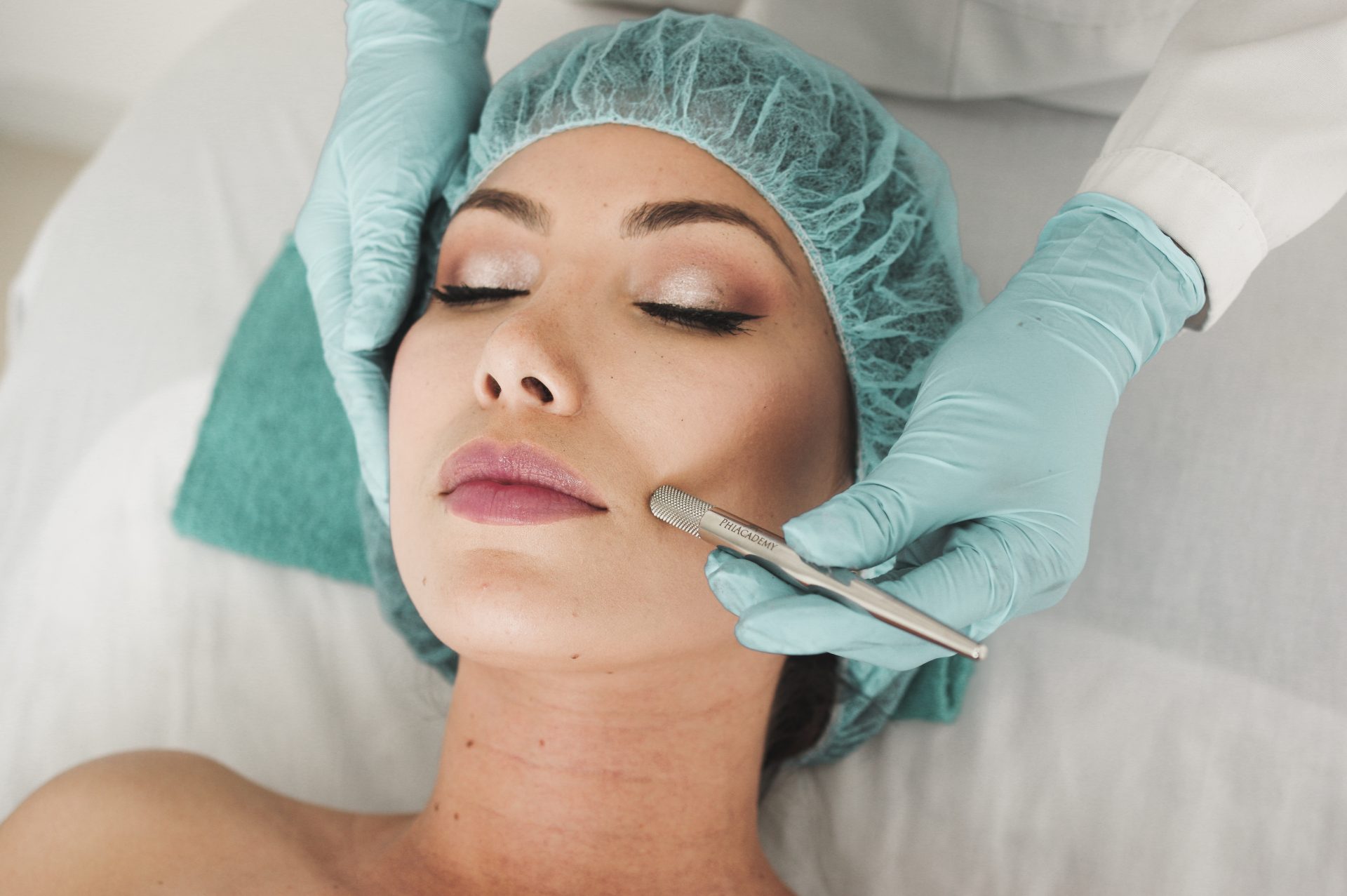Are you looking for a safe and effective way to treat hypopigmentation? Micro-needling may be the solution you’ve been searching for. Micro-needling, also known as collagen induction therapy, is a minimally invasive cosmetic procedure that involves puncturing the skin with tiny needles to stimulate collagen production and rejuvenate the skin. In recent years, micro-needling has emerged as a popular treatment option for skin discolouration, including hyperpigmentation and hyperpigmentation.
Micro Needling for Hypopigmentation?
Hypopigmentation is a common skin condition that is characterized by a loss of pigmentation in the skin, resulting in lighter patches of skin that are often more noticeable in individuals with darker skin tones. Hypopigmentation can occur as a result of various factors, including trauma, autoimmune disorders, or skin conditions like vitiligo. While there are several treatment options available for hypopigmentation, micro-needling has gained popularity as a safe and effective treatment option that can improve the appearance of hypopigmented skin.
Here are some of the ways in which micro-needling can benefit individuals with hypopigmentation:
Stimulates Collagen Production
Micro-needling works by creating tiny punctures in the skin’s surface, which stimulates the body’s natural healing process and triggers the production of collagen. Collagen is a protein that is essential for keeping the skin firm, smooth, and youthful-looking. As we age, our bodies produce less collagen, which can lead to fine lines, wrinkles, and other signs of ageing. By stimulating collagen production, micro-needling helps to improve the overall texture and tone of the skin, which can make hypopigmented areas less noticeable.
Improves Skin Texture

In addition to stimulating collagen production, micro-needling can also improve the texture of the skin. This is because the tiny punctures created by the micro-needling device encourage the growth of new skin cells, which can help to smooth out rough or textured areas of the skin. As a result, individuals with hypopigmentation may notice that their skin looks and feels smoother and more even after a micro-needling treatment.
Enhances Absorption of Topical Treatments
Another benefit of micro-needling is that it enhances the absorption of topical treatments. After a micro-needling treatment, the tiny punctures in the skin allow topical treatments to penetrate deeper into the skin, where they can be more effective. This means that individuals with hypopigmentation can use topical treatments like vitamin C serums, hydroquinone creams, and other skin-brightening agents in conjunction with micro-needling to achieve better results.
Minimally Invasive and Low Risk
Micro-needling is a minimally invasive procedure that is generally considered to be low-risk. Unlike more invasive cosmetic procedures, micro-needling does not require any incisions or surgical techniques, which means that there is minimal risk of scarring or other complications. Additionally, most individuals find that micro needling is relatively painless and requires little to no downtime, making it a convenient treatment option for individuals with busy schedules.
Frequently Asked Questions
- How many micro-needling sessions are required for hypopigmentation treatment?
The number of micro-needling sessions required for hypopigmentation treatment may vary depending on the individual and the severity of their condition. Most individuals with hypopigmentation will require between three and six micro-needling sessions to achieve optimal results.
- Is micro-needling painful?
Most individuals find that micro needling is relatively painless, although there may be some discomfort during the treatment. Your dermatologist or aesthetician can apply a topical numbing cream before the procedure to minimize any pain or discomfort.
- Is micro-needling safe for all skin types?
Micro-needling is generally considered to be safe for all skin types, although individuals with certain skin conditions or sensitivities may not be good candidates for the treatment. It is always best to consult with a dermatologist or aesthetician to determine whether micro-needling is right for you.
- Are there any side effects associated with micro-needling?
While micro-needling is generally considered to be safe. There are some potential side effects to be aware of, including redness, swelling, and mild bruising. These side effects are usually temporary and should subside within a few days of the treatment.
- What is the cost of micro-needling for hypopigmentation?
The cost of micro-needling for hypopigmentation may vary depending on the location of the treatment and the experience of the dermatologist or aesthetician performing the treatment. On average, individuals can expect to pay between $250 and $500 per session.
- How long do the results of micro-needling last?
The results of micro-needling can last for several months after the treatment, although this may vary depending on the individual and the severity of their hypopigmentation. Most individuals will require maintenance treatments every six to twelve months to maintain the results of their micro-needling treatments.
The Bottom Line
If you are struggling with hypopigmentation, micro-needling may be a safe and effective treatment option for you. Micro-needling stimulates collagen production, improves skin texture, enhances absorption of topical treatments, and is minimally invasive and low risk. While there are potential side effects associated with micro-needling. They are usually temporary and should subside within a few days of the treatment. By working with a qualified dermatologist or aesthetician, you can achieve a brighter, more even complexion with micro-needling for hypopigmentation.

